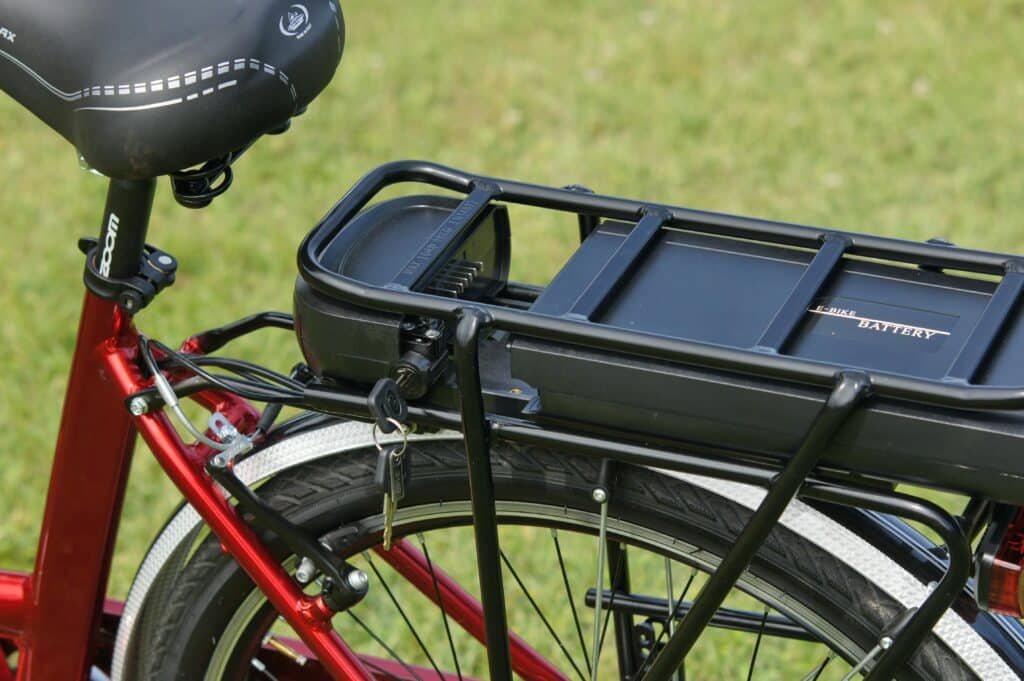“I’m planning to use an e-bike for Bike to Wherever Day in the Bay Area. Are e-bike crashes more common than regular bike accidents in California?”
With Bike to Wherever Day happening across the Bay Area this month and e-bikes booming in popularity, more cyclists than ever are turning to electric rides for their daily commutes. But as California roads become more crowded with these faster, motor-assisted bicycles, safety concerns are rising too.
So let’s talk about what you should know if you’re considering using an e-bike, especially during California’s 2025 Bike Month celebrations.
The Rise of E-Bikes in California
Across the country, more riders are choosing e-bikes as a cost-effective and environmentally friendly way to get around. The trend continues in 2025, driven by commuters, delivery workers, and casual cyclists alike. In California, where urban congestion is a daily reality, e-bikes offer speed and ease, but they also introduce unique safety concerns.
What Counts as an E-Bike in California?
An electric bicycle (e-bike) in California is defined as a bike with operable pedals and an electric motor under 750 watts. There are three classes:
- Class 1: Pedal-assist only, up to 20 mph
- Class 2: Throttle-powered, up to 20 mph
- Class 3: Pedal-assist up to 28 mph, helmet required, and riders must be 16 or older
Local regulations may prohibit Class 3 bikes on certain paths or trails, so it’s critical to check your city’s guidelines, especially during Bike Month events.
Are E-Bike Accidents on the Rise?
While California doesn’t track e-bike crashes separately from other bicycle accidents, safety experts have noted an uptick in severe injuries involving faster, Class 3 e-bikes. Higher speeds often lead to more forceful impacts. Combine that with congested bike lanes and unprotected intersections, and it’s easy to see why some cities are reporting increased e-bike collisions.
During Bike Month 2025, when more people are commuting by bike, many for the first time; accident risks naturally increase. New e-bike riders might not yet be comfortable with the rapid acceleration, braking distance, or speed control features. These factors can lead to falls, collisions with other cyclists, or worse, crashes with vehicles.
Tips for Safer E-Bike Riding This Bike Month
Whether you’re a first-time e-bike user or a daily commuter, here’s how to stay safe:
- Know Your Bike Class: Understand where your e-bike is legally allowed and what gear you must wear.
- Practice Before You Commute: Use an empty parking lot to test acceleration, brakes, and pedal-assist settings.
- Watch Your Speed: Just because your e-bike can go fast doesn’t mean you should—especially on shared bike paths.
- Wear Bright Gear & a Helmet: Even if a helmet isn’t required for your class of e-bike, it’s strongly recommended.
- Announce Yourself: Use a bell or call out before passing pedestrians or slower cyclists.
Get More Safety Info
Dolan Law Firm has created a Bike & Pedestrian Legal Guide for Bay Area riders. It’s a helpful resource packed with laws, safety tips, and your rights in case of an accident.
Legal Help After an E-Bike Crash
If you or someone you know has been injured in an e-bike or bicycle accident in California, we can help. Our team of experienced personal injury lawyers understands the unique challenges cyclists face and fights to get them the compensation they deserve.
👉 Learn more about your rights as a bicycle crash victim
👉 Contact us for a free consultation
Stay safe and ride smart this Bike Month.










